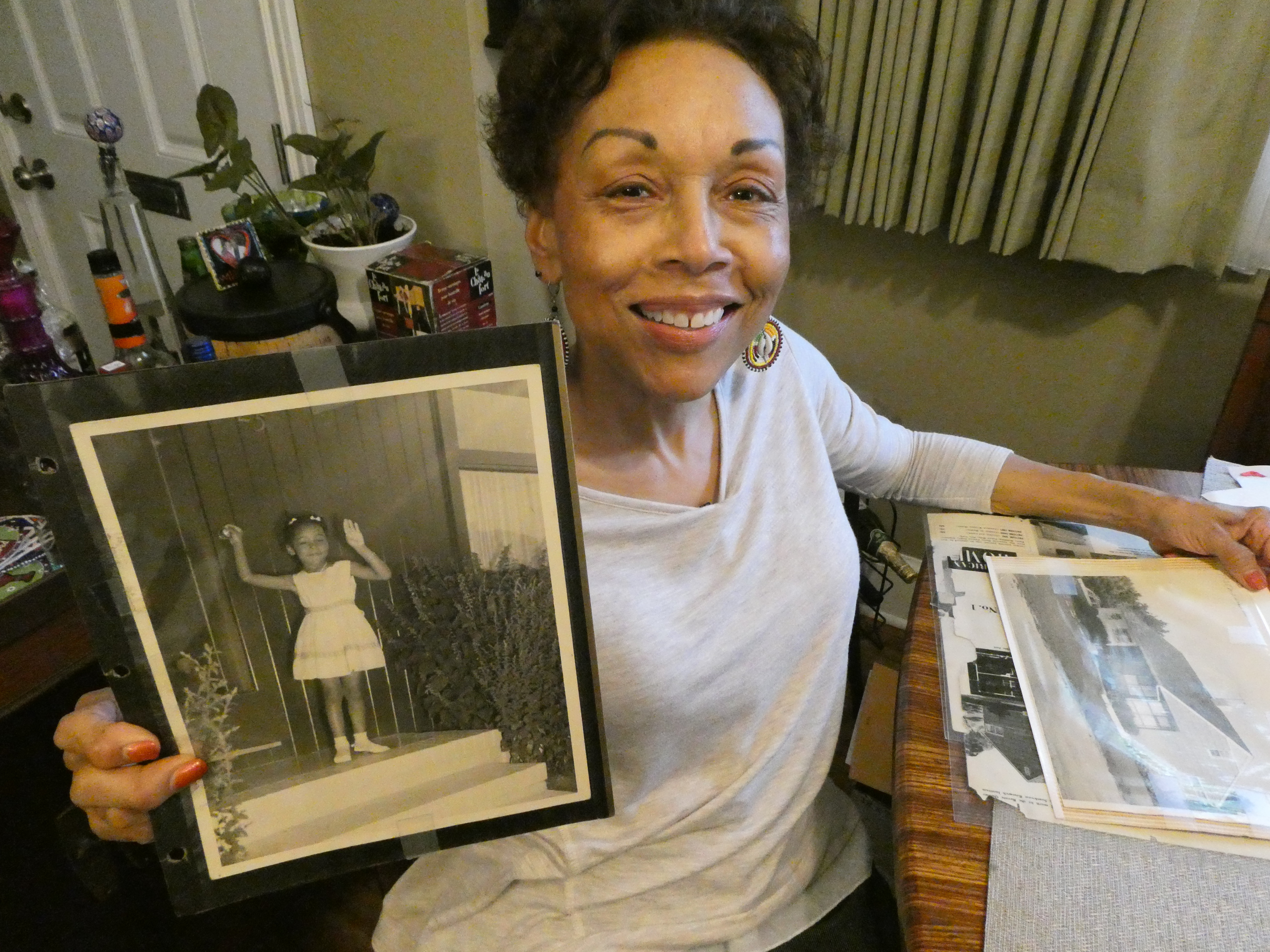
By Tonya Jameson
Tom Hanchett is supposed to be retired, but the longtime Charlotte historian keeps finding stories to tell. At the moment, he’s set his attention on the historic McCrorey Heights neighborhood in west Charlotte.
The interstates and urban renewal decimated most of Charlotte thriving Black communities, in the name of progress and at the expense of Black livelihood. Today, gentrification threatens to erase what’s left. On Charlotte’s west side, look-alike craftsman homes sprout like dandelions, and McCrorey Heights could fall next. The neighborhood was home to influential Black Charlotteans who shaped this city. Dorothy Counts lived there, and so did the Rev. J.A. Delaine. Both played critical roles in the desegregation of schools.
McCrorey Heights, near Johnson C. Smith University, doesn’t usually get the same attention as long-gone neighborhoods such as uptown’s Brooklyn. Maybe, because it’s on the west side. Or maybe because it’s still a thriving Black middle-class neighborhood. In Charlotte, we tend to wait until something’s gone to recognize it. Then we mourn the loss of yet another piece of the city’s culture, and move on. We call it growth, but it really keeps us stagnant. All of the shiny new things make Charlotte look like any other midsized town, USA.
“There are so many more neighborhoods that have been completely overlooked, like Reid Park,” said longtime freelance videographer Ken Koontz.
He is working with Hanchett to video interviews with McCrorey Heights residents. Koontz describes the tendency of white developers and government to take Black-owned land for eminent domain – Black owned, white stolen and then Black rented.
Maybe, McCrorey Heights can be different. Maybe. Like the old gospel song, there are efforts to give flowers to the living, and McCrorey Heights is still living. Since resigning from the Levine Museum of the New South in 2015, Hanchett has returned to his roots – studying older neighborhoods. He and his wife, school board member Carol Sawyer, created a website detailing the history of the inhabitants of the houses in McCrorey Heights. He is documenting the community’s history in case neighborhood leaders apply to get McCrorey Heights listed on the National Register of Historic Places Beyond that, Hanchett just likes a good story, and McCrorey Heights is full of them.
“It kind of got me back to what I was doing when I came to Charlotte,” said Hanchett, who has been documenting the neighborhood for two years. “It’s great to dig into a place and try to put the pieces together.”
Former JCSU president the Rev. H.L. McCrorey founded the neighborhood in 1912. He bought land and sold parcels to staff and administrators at the college. It developed the most in the early ‘50s and ‘70s, according to Hanchett’s website about the neighborhood. McCrorey Heights’ residents were leaders in Charlotte and regionally. Counts, who was one of the students who desegregated Harding High, grew up on Patton Avenue. On the corner of Patton and Clifton Street is one of the first houses designed by former mayor Harvey Gantt when he was known more for architecture than for politics.
“We really just didn’t know about how involved our parents and other people in the neighborhood were with change in the city of Charlotte,” said McCrorey Heights neighborhood association president Natalie Kennedy Beard.
Kennedy Beard was featured in a Charlotte magazine story earlier this year, “McCrorey Heights: The Neighborhood of Firsts.” She grew up there, and remembered it as a fun, tight-knit community. When she returned decades later as an adult, she began to learn about the pivotal role her neighbors played in civil rights history. Whereas Beard talked about the people and the community, Hanchett focused on the homes.
He shared the neighborhood’s story street by street. There are about 160 custom brick ranch homes lining those streets. He starts with Madison Avenue, the street where Counts grew up. It was also home to Charles Bell, who filed school desegregation lawsuits before Brown v. Board, and participated in bus sit-ins before Rosa Parks’ famous arrest. Reginald Hawkins lived there, too. He led a series of protests that helped desegregate establishments in the city, but he is most known for his work that partially resulted in Swann V. Charlotte-Mecklenburg Board of Education, which led to busing to desegregate schools.
“The people stories are really important, but I look at the totality of the neighborhood,” Hanchett said.
The totality of McCrorey Heights is that this storied community deserves preservation and recognition. It deserves more than to be seen as just another neighborhood convenient to uptown, renamed to make it sound cooler and hipper to new residents, who have no connection to the sacrifices and fortitude of its previous residents.
